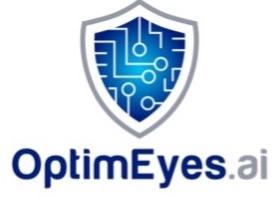In Enterprise Risk Management, the challenge isn’t too much data. It’s the inadequate, ineffective sorting, selection, and prioritization. It’s noise that must be sifted through.
As part of our series on Integrated Risk Modeling (IRM) we now explore Neuroscience-based Dashboards.
In Enterprise Risk Management, the challenge isn’t too much data. It’s inadequate, ineffective sorting, selection, and prioritization. It’s noise that must be sifted through.
“Wherever there is judgment, there is noise — and more of it than you think,” Daniel Kahneman and his co-authors wrote in Noise: A Flaw in Human Judgment. And that gets in the way of good decision making.
RiskOpsAI™’s Integrated Risk Modeling and Reporting (IRM) platform, which uses artificial intelligence and machine learning, collects and analyzes data, translates it into business intelligence, and presents it visually in intuitive dashboards. These dashboards can be customized to deliver the appropriate information for each level within the enterprise — the C-Suite, functional leadership, and operations.
This enables each team to drill into the information they need to do their individual jobs while and also to communicate and collaborate across functions more effectively by providing a single source of truth and common language. These neuroscience-based, multi-persona dashboards present enterprise-wide risk metrics in intuitive, unbiased formats that drive more efficient risk mitigation decision-making.
The information conveyed through the dashboards includes inside-out data analysis, industry benchmarking, and risk quantification.
This is part of a series on the benefits of Integrated Risk Modeling. Previous installments include:
- Integrated Digital Risk Modeling — The Powerful New Approach to Tackling Today’s Threats and Challenges.
- Quantifying Risk is Mission-Critical But Most Companies Don’t Do It
- Making Industry Risk Benchmarks Meaningful and Actionable
- Emerging Technologies Continuously Screen for Heart Disease, Cancer and . . . Enterprise Risk
- Avoiding Enterprise Risk Management Fire Drills.
- Enterprise Risk Modeling: A Bespoke Platform — Quickly
